5 Ways To Reduce e-Waste at Home
Looking to reduce e-waste from your home or office? Try some of these ways to reduce e-waste to save money and take better care of the planet.
This post contains affiliate links.
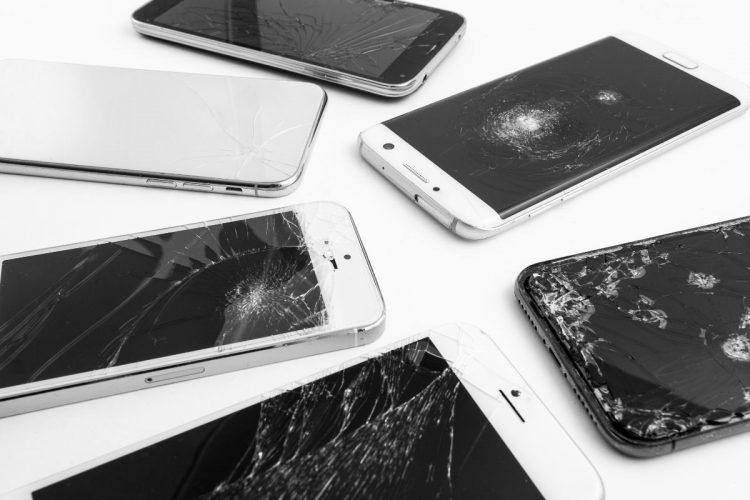
Do you have a box buried in the back of a closet filled with old cell phones, dead batteries, miscellaneous cords, and broken electronics? If you’re like me, that pile has slowly grown over the last several years as you’ve been reluctant to throw electronic waste (or e-waste) in the trash but you’re not sure what to do with the potentially toxic materials.
What is e-waste?
E-waste, or electronic waste, is a term used to describe electronics that are at or near the end of their useful lives. It’s basically the electronics we might plan to throw in the trash because they are dead, broken, missing pieces, or generally no longer useful.
But e-waste is often more valuable than we might initially think. Many e-waste items can be repaired or refurbished to extend their useful lives. Most electronic products have metal components and other parts that can be recycled or repurposed even if the full device or appliance is no longer viable.
Much like we repair and resell cars and recycle car parts, we should be practicing similar habits with electronic devices and appliances. Not only is it wasteful to send so much e-waste to the trash, but it’s also potentially harmful to the environment and our communities.
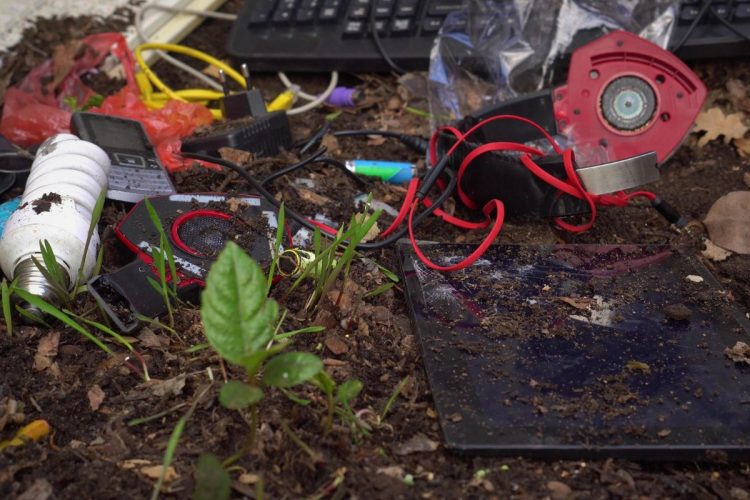
Why is e-waste bad for people and the planet?
Toxicity of e-waste
Many of the electronics that we use every day have lots of minerals and metals in them that can be toxic when exposed to different chemicals or unstable conditions. Some of the toxins seep into soil and water near waste sites while others pose threats to those working in and around e-waste dumps and landfills.
The World Health Organization says this about the growing e-waste problems around the world:
“E-waste volumes are surging globally. According to the Global E-waste Statistics Partnership (GESP), they grew by 21% in the five years up to 2019, when 53.6 million metric tonnes of e-waste were generated. For perspective, last year’s e-waste weighed as much as 350 cruise ships placed end to end to form a line 125km long. This growth is projected to continue as the use of computers, mobile phones and other electronics continues to expand, alongside their rapid obsolescence.
Only 17.4% of e-waste produced in 2019 reached formal management or recycling facilities, according to the most recent GESP estimates, the rest was illegally dumped, overwhelmingly in low- or middle-income countries, where it is recycled by informal workers.
Appropriate collection and recycling of e-waste is key to protect the environment and reduce climate emissions. In 2019, the GESP found that the 17.4% of e-waste that was collected and appropriately recycled prevented as much as 15 million tonnes of carbon dioxide equivalents from being released into the environment.”
In short, the toxins are contaminating the places where we live, especially in lower-income countries where many old electronics are exported. Not only are those of us in places like the United States tossing excess amounts of toxic materials into our own trash, but we are also making a portion of that toxic waste someone else’s problem.
Environmental impact of metal mining
Additionally, many of our electronics require metals like copper, lithium, tin, silver, gold, nickel, aluminum cobalt, and cadmium. Currently, most of these metals come from huge mining operations around the world.
These mines cause massive environmental harm to the communities in which they are located. Some of the mines are so large they are visible from space.

Despite increasing efforts to limit harmful impacts, led by certification organizations like the Initiative for Responsible Mining Assurance, digging an enormous hole in the Earth and using heavy chemicals to sift through the contents to find rare minerals will inevitably cause damage to the ecosystem.
Mines disrupt local ecosystems. The material being dug up must be moved and placed somewhere (where it certainly doesn’t “belong” ecologically). Mining requires heavy machinery and toxic chemicals in the extraction process. Waste from mines leaches into the surrounding environment. All of this degrades the local respective ecosystems, many of which are in areas otherwise rich in biodiversity.
Geopolitical implications of e-waste
Geopolitical topics can get very complex, very quickly. But in short, a finite amount of metals available on the planet sought after by a rapidly growing electronics market means that the owners of the mines and metals have increasing power (that they may responsibly use or painfully abuse). Such supply and demand inconsistencies too often lead to unethical and inhumane labor conditions, erratic or unfair pricing, and abuse of power.
Although we won’t eliminate the tension in this market, responsibly caring for our electronics and recycling them as much as possible can help reduce the demand that creates inequities in this market.
Recycling is paramount to managing the social and environmental justice risks of metals for electronics.
Between the toxicity of the metals themselves, the environmental harm of mines, and the geopolitical and justice concerns around metals markets, it’s imperative that we reduce the demand for virgin (i.e. new raw materials) metals as much as possible. That essentially boils down to reducing our e-waste.
It’s super important we diligently and safely maintain, reuse, and recycle the e-waste (and the corresponding supply of metals) we already have. How effectively and efficiently we can recycle minerals from old e-waste depends on the product and the mineral, but it’s important we extract and reuse what we can from products and devices before just tossing them as waste.
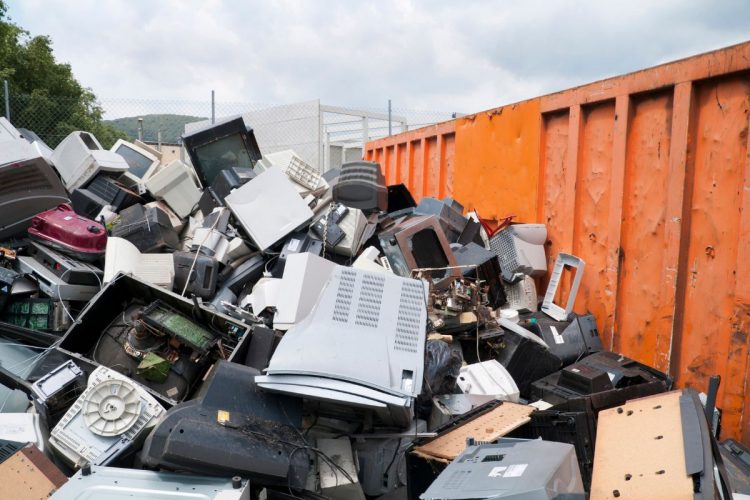
How much e-waste do we generate?
E-waste has grown exponentially in recent years as electronics become more ingrained in our daily lives. According to the National Institute of Environmental Health Sciences, we generate over 40 million tons of e-waste very year! This number is only going to increase as the world continues to be more connected.
Ways to Reduce e-Waste At Home
Luckily, as the e-waste problem grows, solutions are cropping up as well. Generally, the best way to reduce e-waste (and all waste) is not to buy what we don’t really need and make the most of what we already have. The Environmental Protection Agency highlights this principle in its waste management hierarchy by putting “Source Reduction” (i.e. use less and buy less) at the top of the funnel.
Let’s dive into some more specific solutions to reduce the amount of electronic waste you generate at home.
Take Care To Clean & Maintain Electronics
A little love goes a long way. Be sure to clean and maintain electronics properly. Here are a few quick and easy (and free!) examples of simple maintenance to increase the longevity of your electronics.
- Unplug your laptop when the battery is charged to prevent the battery from wearing out too quickly (a tip from my own experience).
- Turn off electronics when they are not in use to reduce wear and tear on the machines.
- Clean the outside of electronics like cameras and smartphones with dust rags and gentle toothbrushes to get the grime off from time to time.
- Store electronics in protective cases when necessary and it makes sense.
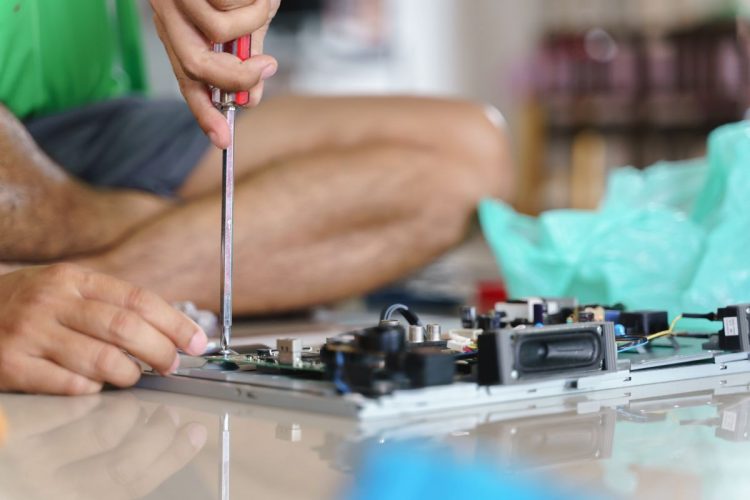
Fix Your Existing Electronics & Appliances
Manufacturing companies have done a fantastic job over the last several decades of intentionally using materials that rapidly deteriorate over time and restricting access to repair parts and information to limit the ability of consumers to fix expensive electronics and appliances.
Companies that make everything from smartphones and computers to toasters and washing machines have purposely designed throw-away culture into their manufacturing processes specifically to increase sales of new products. It’s been terrible for customers, the culture of caring for our possessions, and the planet.
Several companies try to offset this momentum by creating their own manuals for repair, lobbying for access to replacement parts, and providing repair services to help consumers repair electronics and appliances before tossing them in the trash.
Repair services are not only good for the planet but also good for our bank accounts; they save us a lot of money. Recently I was tempted to replace my current laptop because the battery no longer took a charge.
Instead, I decided to check out our local uBreakiFix for the first time. In just a few days and for about 1/3 the cost of buying a new laptop, they replaced the battery and solved the functionality issues with my computer. I saved hundreds of dollars!
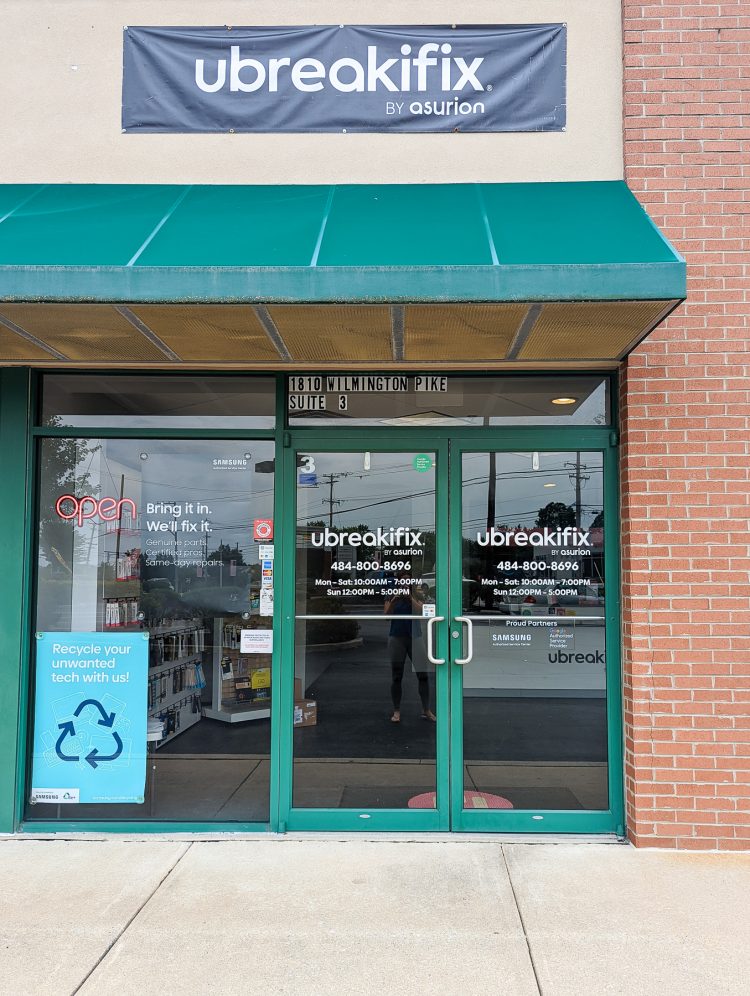
Where to find electronics repair services
uBreakiFix has a growing number of locations, particularly since being acquired by Asurion (a large company with lots of money to grow the network of stores). Best Buy’s Geek Squad offers a wide variety of electronics repair services with which I’ve personally had mixed experience over the years. iFixit offers electronics repair services and guides as well.
There are many other independent repair companies and those certified by original equipment manufacturers (i.e. companies like Apple, Google, and Microsoft) to be authorized repair shops for specific brands.
Lastly, the Consumer Technology Association (CTA) has a Repair Location Finder on its site. It’s worth noting that the CTA is a trade industry association. Some of their largest funders (i.e. members) are electronics retailers like Apple, Dell, Samsung, and a host of other enormous companies that make consumer electronics.
The organization’s main mission is to advocate for and lobby on behalf of its members. Many of these companies don’t necessarily want consumers to have access to repair their own electronics (for both good and nefarious reasons).
The Repair Finder tool offers locations to fix specific brands’ products. I assume (but haven’t verified) that the brands shown in this tool are the brands that are members of the organization. The Repair Finder certainly is not a comprehensive list of repair vendors, but it’s another resource if you are looking for something in your area.
Particularly as consumers have increased interest in sustainability and understand how cheap equipment that can’t be fixed costs them financially, organizations like the CTA walk a fine line between promoting policies that increase consumption (and thus increase revenue for their members) and accommodate the growing cultural preferences of the consumer market.
Donate Electronics in Good Condition
Ideally, we will continue to use our electronics until they are no longer viable. But in many cases, people replace existing electronics with newer or upgraded versions even though the current model works just fine.
If you have electronics that have plenty of useful life left in them, consider donating them to organizations that reuse, repurpose, or resell them to support their mission. As with any donation, it’s important to ensure that the entity actually needs your donation (donations they don’t need just make our problem their burden). But to the extent the electronics are useful, breathe new life into them by donating them before dumping them in the trash.
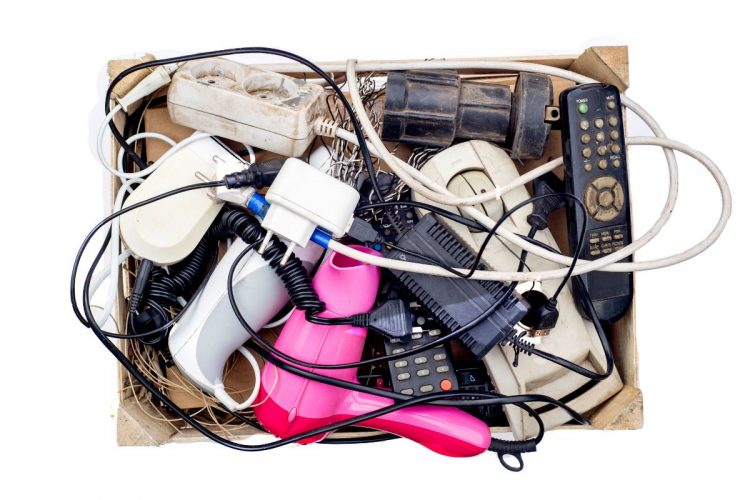
Buy Refurbished Electronics To Reduce Virgin Material Usage
When it is time to purchase new electronics or appliances, consider buying refurbished options. Refurbished options are items originally owned by someone else and restored to their original (or near original) quality by product experts.
Many refurbished products have very little wrong with them and are good as new but can’t be sold as brand-new. Some are simply purchased and returned to stores but have an open box. Others have small defects that are repaired and certified to function just as effectively as a brand new option but sell for a significantly lower price.
Higher-end electronics, like professional cameras (for example), are often resold as refurbished options after a period of regular use. These are typically well-maintained by their original owners and work quite well beyond their desired life for the first owner.
Specialty stores and niche online outlets are great places to find refurbished equipment. Not only will it save you money but it’s an easy and rewarding way to not buy new.
Shop Secondhand Exchange Marketplaces
Similar to refurbished markets, check out secondhand markets when looking for your next electronic device or appliance. Consider online markets like Facebook Marketplace and Buy Nothing Groups as well as brick-and-mortar thrift shops, consignment shops, and specialty or hobby shops.
It may be harder to purchase things like smartphones or laptops from these markets, but simpler appliances like microwaves, toasters, and blenders are readily available secondhand. And it’s pretty easy to confirm that they work properly before purchasing.
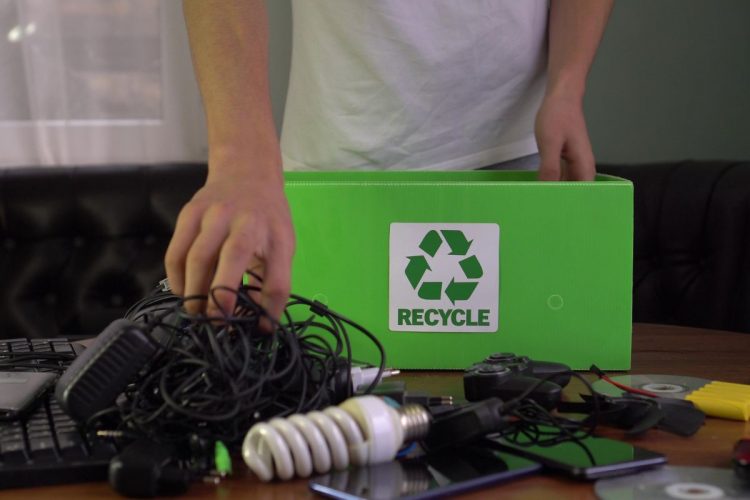
Recycle Responsibly
Inevitably, electronics will reach their end of life when they can no longer be repaired or reused. Be sure to recycle them responsibly. As discussed above, metals in electronics can be incredibly harmful to people and the planet when not disposed of or handled properly. Simultaneously, the metals are very valuable and can often be repurposed when recycled at proper facilities. E-waste recycling is important for social, environmental, and economic reasons.
Electronics cannot be recycled in most curbside recycling or single-stream collection systems. They need to be recycled through specific streams for electronics.
There are several companies, like Best Buy and uBreakiFix, that accept electronics for proper recycling. Some municipalities offer e-Waste recycling days. Large utility companies may pick up (and sometimes pay you) for refrigerators. TradeMore and similar companies allow you to send in old cell phones for cash.
One of our contributors, Reese Moore, even said that a local college near her offers e-waste recycling days for the students and local community members can use them as well.
The Consumer Technology Association, referenced above, also offers a Recycle Locator on its site. Use this tool to find a place near you to drop off various electronics for responsible recycling. Each location includes the name, address, phone number, website, and types of electronics they accept.
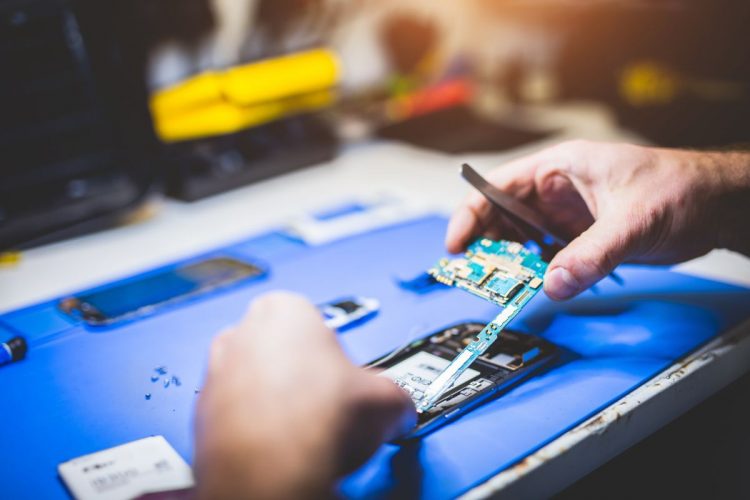
Advocate for Right to Repair Acts
In today’s market, there are many electronic devices from smartphones and smart thermostats to vehicles and farming equipment that cannot be repaired by their owners or independent third parties because the original equipment manufacturers have monopolized either parts or information to perform repairs.
In some cases, the software is locked and unlocking codes are only available from the manufacturer. This is common in farming equipment from companies like John Deere. As a result, farmers cannot fix their own equipment or hire local mechanics to do it for them unless they’ve been certified as an authorized repair company by John Deere. Many Apple devices can only be repaired at the Genius Bar (if they can be repaired at all). The same issue applies to a variety of electronics.
Consumers and consumer advocacy groups are responding with loud cries for right-to-repair acts.
Already in place in Europe, right-to-repair acts require original product manufacturers to maintain parts and provide service information to third parties for a minimum period of time. This gives consumers more options to repair their electronics and appliances on their own or by using independent third parties. The legislation essentially prevents the manufacturer from having a monopoly on repair services; such monopoly is an issue for both accessibility and affordability of repairs.
Some companies really pushed back against this at first (some still do). As momentum from consumers and consumer advocacy organizations grows and after Europe set a precedent by passing these consumer and environmental protections, more companies are starting to accept that they must adapt their business to align with right-to-repair legislation.
Recently, New York state passed the Fair Repair Act, the first state to pass a version of right-to-repair legislation. Because it is such a large state where most major consumer electronics companies sell their products, this legislation should benefit consumers across the country. Not only will materials and information to do repairs be available to independent third parties in New York state, but it also sets the precedent for similar legislation and policy in other states.
Right-to-repair legislation is currently in progress in at least 24 other states (including my home state of Pennsylvania). You can check out this map from Repair.org of states with current legislation related to a Right to Repair Bill in their jurisdiction. In many states, the legislation has bi-partisan support (something many significant pieces of legislation cannot tout in our currently-very-divided nation).
The United States’ federal government also has proposed right-to-repair legislation on the docket. Named the Freedom to Repair Act (HR 6566), it was introduced in the House by Representatives Mondaire Jones, a Democrat, and Victoria Spartz, a Republican. Although it has not yet passed, it’s another indication that we are making progress toward making it easier for everyday consumers to repair their electronics, save money, and reduce waste to protect our planet’s precious resources.
Head to Repair.org for an interactive version of the map shown above to get more information about the prospective legislation in your state. Reach out to your state congressional representatives (State House and State Senate) to let them know you support right-to-repair legislation.
Whether or not local bills are active in your area, let your federal Senators and Representatives know you support this legislation at the federal level as well. Call or write them and tell them you support HR 6566 and want to see right-to-repair legislation passed to protect our planet and make consumer electronics more affordable for their constituents.
The battle to put real control back in the hands of consumers to have significant agency over repairing their purchases is still not set in stone, but we’re making progress. These types of policies are good for consumer budgets and also good for the planet.
Right-to-repair acts reduce the use of virgin resources when fewer new products are needed to meet customer demand. They also reduce waste at the product’s end of life because fewer customers toss items in the trash when they are in serviceable condition but for a small update or repair.
We have a long way to go before we get e-waste under control (if ever) and create more effective and efficient systems to manage it. In the meantime, the steps that help us limit the negative health and environmental impacts of e-waste are good for our budgets as well.
Do you have any other ways you save money on electronics and reduce e-waste in your home?

If You Like Tips To Reduce E-waste, You Might Also Like
8 Eco-friendly Ways to Dispose of Yard Waste
10 Free Zero Waste Gift Wrap Alternatives From Upcycled Shipping Materials
My Favorite Zero Waste Phone Accessories

Jen Panaro
Jen Panaro, founder and editor-in-chief of Honestly Modern, is a self-proclaimed composting nerd and advocate for sustainable living for modern families. To find her latest work, subscribe to her newsletter, Stepping Stones.
In her spare time, she’s a serial library book borrower, a messy gardener, and a mom of two boys who spends a lot of time in hockey rinks and on baseball fields.
You can find more of her work at Raising Global Kidizens, an online space to help parents and caregivers raise the next generation of responsible global citizens.

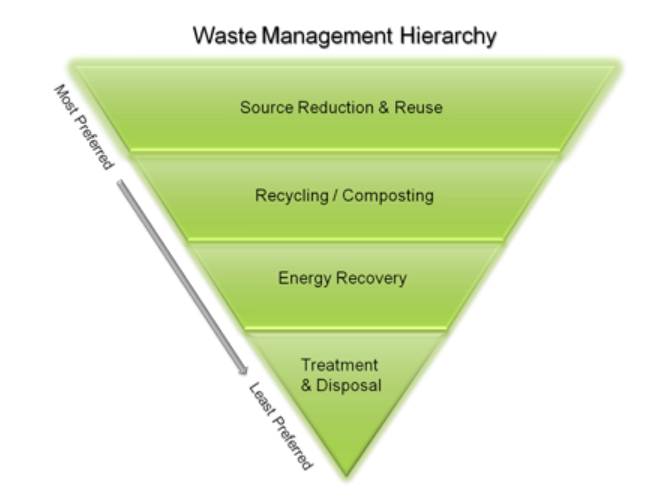
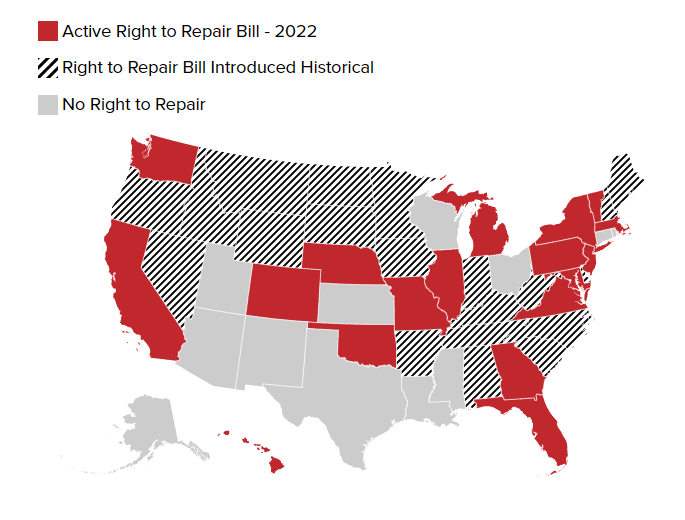







OH I am gonna use ubreakifix for my computer! Thank you.
Also our waste management authority hosts a e-cycle event a few times in the year. They collect other things as well!
https://cvwma.com/event/richmond-e-cycling-document-shredding-household-hazardous-waste-collection/